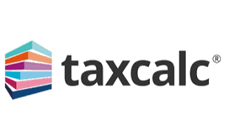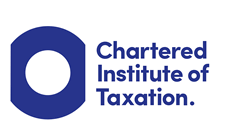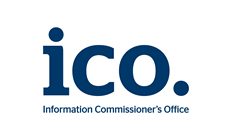HMRC relaxes MTD rules for joint property owners
New HMRC guidance confirms two MTD easements for joint property owners, but a third previously available to self-assessment users is missing. What do you need to know?

HMRC has recently published a digital record-keeping notice in relation to Making Tax Digital for Income Tax Self-Assessment (MTD ITSA). The notice includes, amongst other things, confirmation of two easements for joint property owners. Joint property owners using MTD ITSA can save time by:
- Reporting gross rental income from jointly held properties in their quarterly updates, and report expenses later as part of the year end finalisation process; and
- Creating a single digital record for each category of income from jointly held properties and a single digital record for each category of expense from jointly held properties.
However, the Institute of Chartered Accountants in England and Wales (ICAEW) is concerned that there is no mention of how joint owners should report income if they only receive the net profit share figure. Under self-assessment, it is currently sufficient to report this as a single figure, but it appears this is not being replicated under MTD ITSA (subject to further announcements). It is also unclear whether that relaxation will continue to apply to self-assessment and the ICAEW has approached HMRC for confirmation.
Related Topics
-
When will you have to register your new business for MTD?
The timetable for mandatory use of Making Tax Digital for Income Tax Self-Assessment (MTD ITSA) by existing businesses is well established. But when must you use MTD ITSA if you start a new business or create a new income stream?
-
EU law change for virtual events: how will it affect you?
Your business organises live events online, charging delegates a fee to attend. What are the rules about charging VAT and what changes took place on 1 January 2025 that will affect you if EU delegates attend your sessions?
-
Forthcoming changes to statutory sick pay
According to statistics from the Office for National Statistics (ONS), the rate of sickness absence fell to an average of 4.4 working days lost per worker in 2024, down from 4.9 days in 2023. Whilst this is good news for employers, forthcoming changes to statutory sick pay (SSP) are less good news. What do you need to know?









 This website uses both its own and third-party cookies to analyze our services and navigation on our website in order to improve its contents (analytical purposes: measure visits and sources of web traffic). The legal basis is the consent of the user, except in the case of basic cookies, which are essential to navigate this website.
This website uses both its own and third-party cookies to analyze our services and navigation on our website in order to improve its contents (analytical purposes: measure visits and sources of web traffic). The legal basis is the consent of the user, except in the case of basic cookies, which are essential to navigate this website.